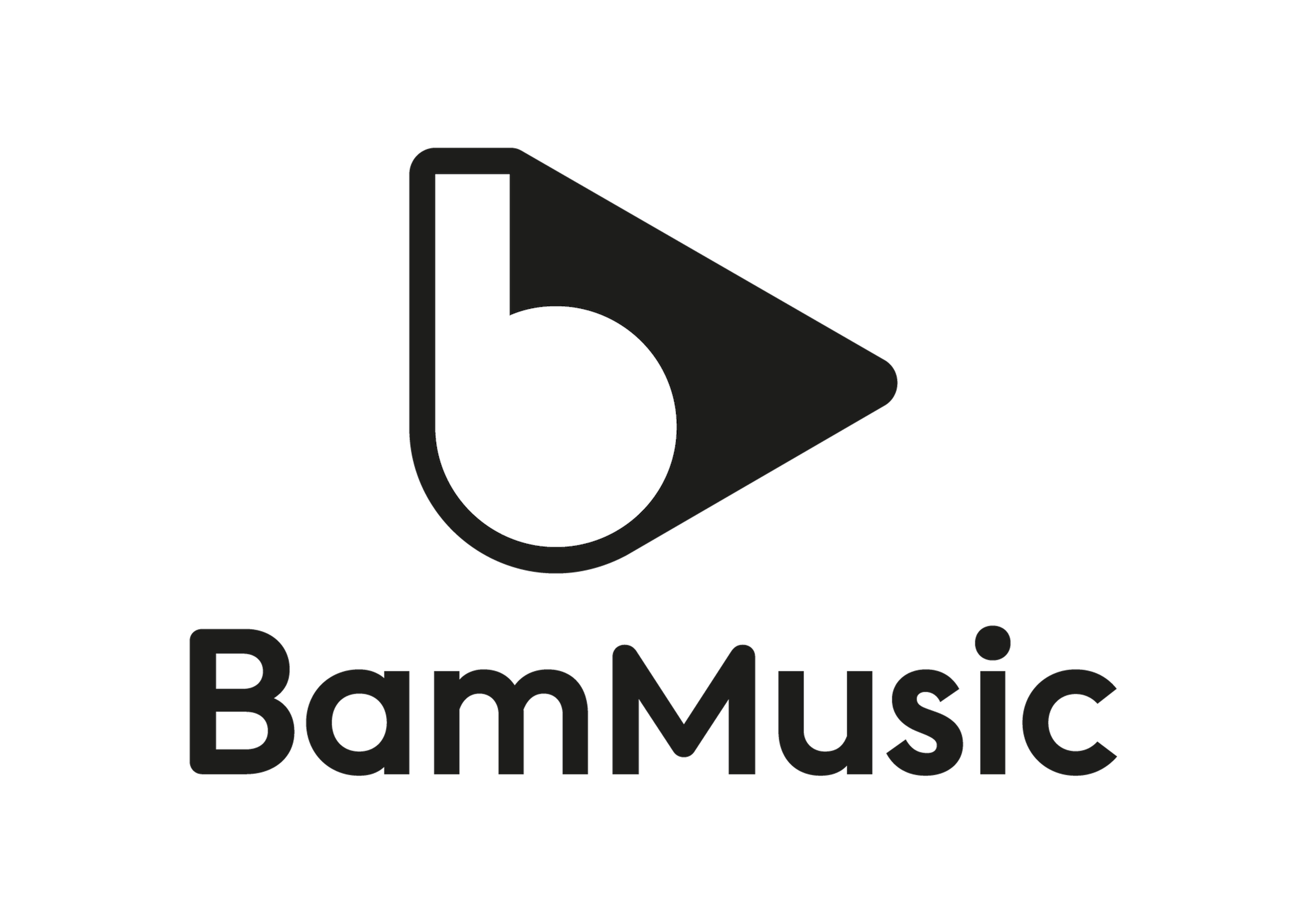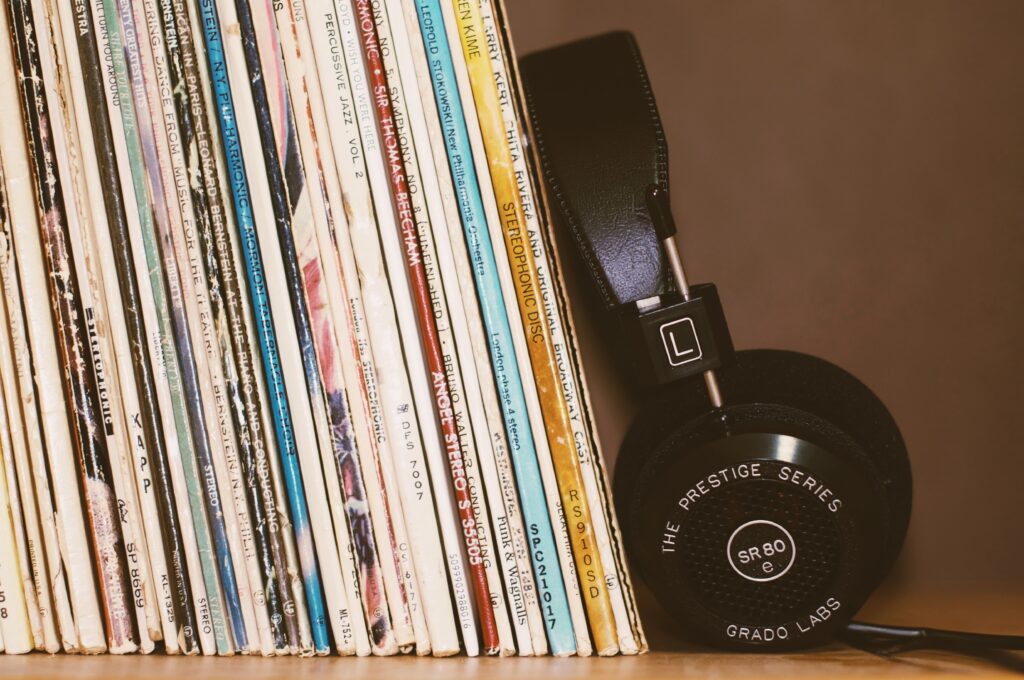There are multiple legal sources of music online, copyright free, royalty free, or licensed music. It’s easy to feel a bit lost among all of the types of licenses available – seemingly every company has different offerings just slightly different from the next. Here, we tackle the basics of music licensing for online content, and lay out 7 things to know about the types of music licenses available for creators.
1. Personal or Professional use?
There are several types of music licenses available, and the type you choose depends on who you are. The music license differs radically between a YouTube beginner and a major advertising company. While the license wording varies from library to library, you can sum them up with the following rule. “Personal” covers unpaid YouTube video, and social media post from individual creators. Still be sure to double check the exact terms of the license as not all libraries offer the same authorization. “Professional” falls in two categories. “Commercial/business” and “enterprise” music licenses. Commercial/business allows brands and businesses to post on online platforms, and use music on digital ads. Enterprise licenses are for significant companies that produce content on a substantial scale. They are the most expansive licenses and include the most features.
Of course, variations of these types of licenses exist. Online libraries also offer quotes to answer specific needs of clients not addressed by their other licenses.
2. For which content?
Music licensing companies offer different types of licenses according to the produced content. For example, “life event” content (such as a wedding) is often subject to a specific type of license, since the essence is non-commercial. Some licenses expressly address not-for-profit content, or content with an educational framework or unincorporated association, for example. These are usually cheaper than commercial licenses, but they are also much more restrictive.
3. Duration of licenses
Music license types also depend on their duration. There are generally two types of license categories by duration. Those which last forever (perpetuity), and anything else (generally 1 year but not always). Licenses may be obtained for different periods of time, for example, if a specified length of time that an advertisement or promo will run. Licenses in perpetuity are obviously more expensive than those that are time-limited, but it might be worth the cost if you plan for your creation to be more involved or extensive over time. Or, additionally, perpetuity may be preferred if you need to use a sound regularly to develop an audio identity. For example, for use in the introduction of each video on your YouTube channel.
4. Subscription or single track?
In the world of music libraries and licenses, there are basically two systems that prevail: the subscription model, and the single-track system. With subscription you pay monthly for access to a large catalog of music. The single-track license, on the other hand, means paying for the download and use of one song and one song only, after which you can use this sound at your will. You should determine the plans for your content, frequency of creation requiring music, and of course your budget in order to decide which is right for you.
5. Single territory/Global
The purchase of a license does not automatically grant you the right to broadcast this synch anywhere. Standard licenses are often restricted to “single territory” broadcasting, which means that your work will only get the authorization to be published in one country (most likely the country in which you are producing the content). If you want to reach a wider audience, you should be sure to get a global license that has no localization restriction.
6. About monetization
If you plan to earn revenues from your online content, especially on YouTube, you definitely need to use music for which the license includes the right to monetization (which naturally makes the license more expensive). Some online libraries will also make specific adjustments to fees depending on the number of subscribers you have and how much you earn from your video. If you exceed a certain threshold for these, you will likely have to update your license to a higher-standard one that allows for more views and revenues.
7. How licenses work at BAM Music?
BAM Music is an online library that offers a vast catalog of sounds across a wide variety of genres. Their simple license system includes 4 types of packages:
- The Starter License is a single use license that allows posts on social media, in perpetuity, and worldwide. However, the creator cannot generate revenue from their content.
- The Social Media Plus+ License is designed for sponsored branded content and social media, in perpetuity, worldwide.
- The Online Ad National License is best for advertisements at a national scale and exclusively online, for one year.
- The Online Ad Global License is also for advertising projects, broadcasted worldwide, for one year.
Register on the BAM Music website and you can test out licensing for yourself. Wishing you all the best in your future creative endeavors!
Licenses are a must-have nowadays, to get your content in line with copyright policy of online platforms. Getting the right music to enhance your creation is also crucial, so be thoughtful when you’ll chose your music library. I hope this 7 things to know about the types of music licenses helped you see clearer among what’s available online right now, and I guess that all I have left to do is to wish you the best with your future creations!






